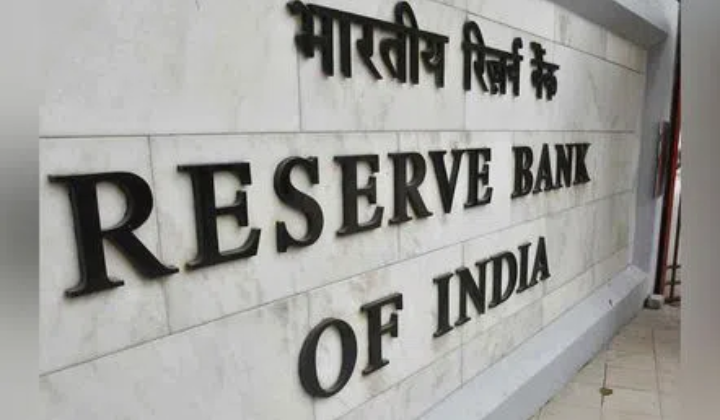In a significant policy move aimed at stimulating corporate credit growth and attracting large-scale investments, the Reserve Bank of India (RBI) has removed the ₹10,000 crore cap on individual corporate loans. This reform is expected to empower banks and financial institutions to extend bigger loans to high-value corporate projects, fostering expansion in key sectors such as infrastructure, manufacturing, and energy.
Why RBI’s Decision Matters: Encouraging Mega Investments and Growth
The Reserve Bank of India (RBI) has taken a progressive step by removing the ₹10,000 crore cap on individual corporate loans. This decision comes at a time when India is pushing for large-scale industrial and infrastructure growth. The move allows corporates to access more funding for expansion, mergers, and capital-intensive projects. By freeing lending limits, RBI aims to stimulate private investments, boost economic growth, and support national initiatives like “Make in India” and “Viksit Bharat 2047.”
Impact on Banks and Financial Institutions
Banks and financial institutions stand to benefit significantly from this policy reform. The removal of the cap provides them the flexibility to fund large projects that were previously restricted by exposure limits. It also opens doors for consortium lending where multiple banks can jointly finance mega projects strengthening the overall credit ecosystem. However, the move also demands that banks upgrade their risk management systems and credit monitoring frameworks to maintain balance between opportunity and caution.
How Corporates Will Benefit from the Policy Change
For corporates, especially in infrastructure, power, and manufacturing sectors, this change is a game-changer. Companies with large capital requirements can now secure higher loan amounts to meet their expansion goals or undertake new high-value ventures without depending solely on multiple fragmented loans. This will reduce financial bottlenecks, speed up project execution, and improve overall investment efficiency. In addition, it enhances India’s appeal to global investors seeking stable, large-scale partnerships.
Key Sectors Likely to Gain from the New Lending Freedom
The biggest beneficiaries of this decision are infrastructure, renewable energy, manufacturing, and heavy industries all of which require massive upfront investments. The green energy sector may see particular growth as India accelerates its transition toward sustainability. Similarly, logistics, construction, and technology-driven sectors could witness a surge in project launches backed by easier access to credit.
Balancing Growth with Risk: RBI’s Advisory to Banks
While the move promotes large-scale growth, the RBI has urged banks to adopt robust risk assessment mechanisms. Financial institutions must ensure that credit exposure remains diversified and does not lead to over-dependence on a few large borrowers. The RBI’s focus remains on maintaining financial stability while supporting growth, urging banks to exercise prudent lending backed by strong due diligence and monitoring systems.
The RBI’s removal of the ₹10,000 crore cap on corporate loans marks a pivotal moment in India’s financial evolution. It not only encourages mega investments but also strengthens the banking sector’s role in nation-building. With responsible lending practices and strategic oversight, this reform could be a catalyst for India’s next phase of industrial expansion and economic growth.




 Daily Current Affairs News: 8th December...
Daily Current Affairs News: 8th December...
 The Hindu Review November 2025, Download...
The Hindu Review November 2025, Download...
 Daily Current Affairs News: 6th December...
Daily Current Affairs News: 6th December...








